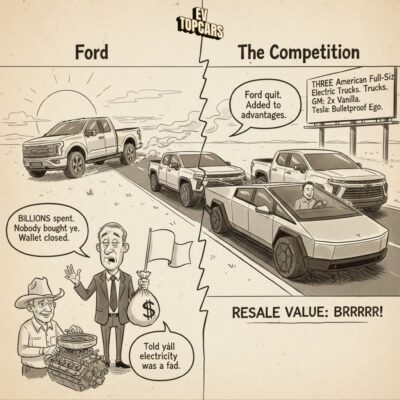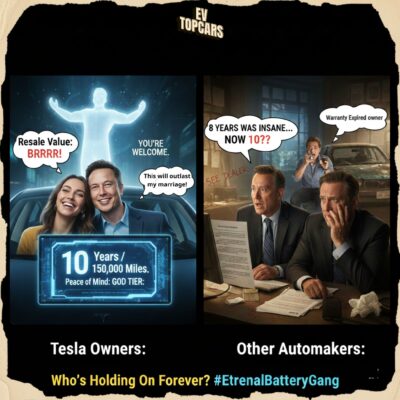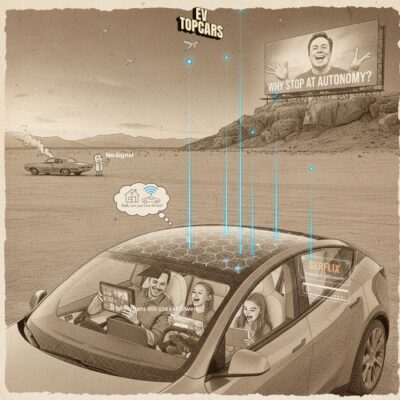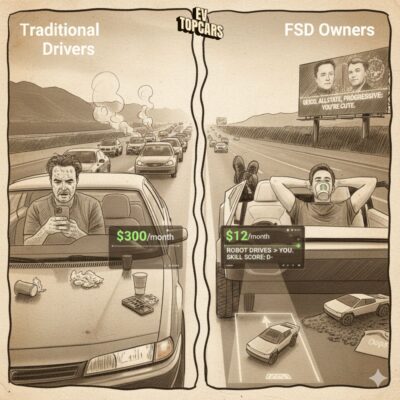Based on the latest reports, Tesla has indeed just increased its Robotaxi flat fare in Austin from $4.20 to $6.90 as of July 14, 2025, alongside an expansion of its service area.
Here’s how I might weigh that decision:
I would consider paying $6.90 for a driverless Tesla if:
- Convenience is paramount: If it’s available exactly when and where I need it within the geofenced area, and pickup/drop-off are seamless.
- Novelty and experience: For the unique experience of being in a truly driverless car (even if a safety operator is currently present). This is especially appealing for early adopters and tech enthusiasts.
- Predictable pricing: The flat rate of $6.90, compared to dynamic pricing of traditional ride-shares that can surge during peak times, could be very attractive for short to medium trips within the service zone. Reports suggest comparable traditional ride-share trips could cost $30-$65, making $6.90 significantly cheaper.
- Cleanliness and privacy: The idea of a private space without a human driver, potentially being cleaner and more consistent.
- Environmental impact: If I’m prioritizing zero-emission transport over a traditional gas car or even a human-driven EV ride-share.
I might hesitate to pay $6.90 if:
- Safety concerns: Despite advancements, the idea of a fully driverless vehicle still makes some people uncomfortable, especially with safety drivers currently being present, indicating it’s still in a testing phase.
- Geofenced limitations: If my destination is outside the expanded geofenced area, it might not be a viable option, requiring an alternative form of transport for part of my journey.
- Availability: If wait times are long, or the fleet size isn’t large enough to guarantee quick pickups, convenience factor diminishes.
- Comparison to Waymo: While cheaper than Waymo’s reported higher per-mile costs in some cities ($20-$40+ per ride on average for Waymo, or even $8.75/km in some estimates), Waymo has a longer track record of truly driverless operations without safety drivers. Tesla’s current setup with a safety driver is still a “supervised” experience.
Given the current context of Tesla’s Robotaxi in Austin (flat rate, expanded but still geofenced, with a safety operator), $6.90 for a fixed route seems like a competitive and even attractive price point compared to traditional ride-sharing, especially if the service is reliable and convenient within its operational zone. For a novel, tech-forward experience that’s significantly cheaper than alternatives for comparable short to medium trips, I would likely pay it to try it out and for convenience.










4 Comments
Jeff Bezos’ New EV Pickup is Giving Off “No-Frills, No-Chills” Energy!
Still clinging to your gas guzzler? This data might just change your mind